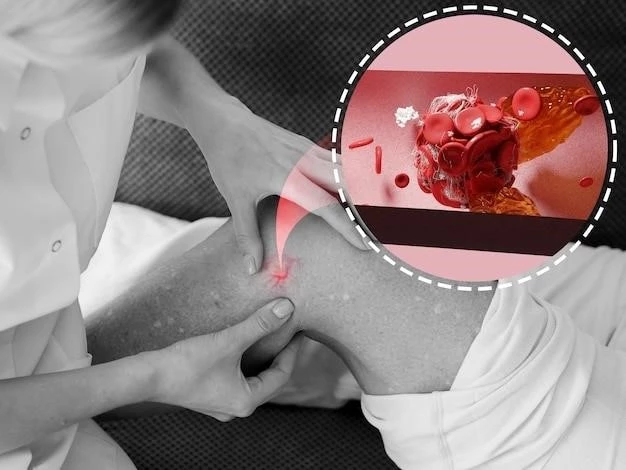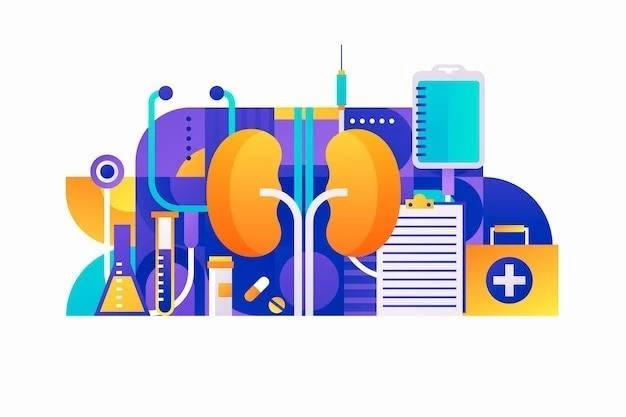Introduction
Disease⁚ Situs inversus totalis with cystic dysplasia of kidneys and pancreas. Synonyms. Situs inversus, cystic dysplastic kidney and pancreas, bowed lower limbs, severe intrauterine growth retardation, and oligohydramnios.
Overview of Situs Inversus Totalis with Cystic Dysplasia of Kidneys and Pancreas
Situs inversus totalis with cystic dysplasia of kidneys and pancreas, also known as cystic dysplastic kidney and pancreas, is a rare genetic condition characterized by a mirror-image transposition of abdominal and thoracic organs. This syndrome presents with features such as bowed lower limbs, severe intrauterine growth retardation, and oligohydramnios. It is linked to an autosomal recessive inheritance pattern. Recent studies highlight the association with cysts in the kidneys and pancreas, emphasizing the importance of early prenatal diagnoses for effective management strategies. The rarity of this syndrome underscores the need for further research to enhance diagnostic approaches and treatment options.
Clinical Presentation
Situs inversus totalis with cystic dysplasia of kidneys and pancreas typically presents with features such as bowed lower limbs, severe intrauterine growth retardation, and oligohydramnios. The syndrome may also include abnormalities in renal and pancreatic structures.
Symptoms of the Disease
Patients with Situs inversus totalis with cystic dysplasia of kidneys and pancreas may experience symptoms such as bowed lower limbs, severe intrauterine growth retardation, and oligohydramnios. Additionally, abnormalities in renal and pancreatic structures can contribute to the clinical presentation of this rare genetic condition.
Epidemiology
Information on the epidemiology of Situs inversus totalis with cystic dysplasia of kidneys and pancreas is currently limited. Studies have shown rare occurrences of this genetic condition, highlighting the importance of further research to understand its prevalence and impact.
Prevalence of Situs Inversus Totalis with Cystic Dysplasia of Kidneys and Pancreas
Due to the rarity of Situs inversus totalis with cystic dysplasia of kidneys and pancreas, the prevalence of this genetic condition is currently limited. Further research is necessary to determine the exact frequency and distribution of this syndrome within the population.
Genetic Basis
Situs inversus totalis with cystic dysplasia of kidneys and pancreas is associated with an autosomal recessive inheritance pattern. This genetic condition manifests with mirror-image transposition of organs and abnormalities in renal and pancreatic structures.
Autosomal Recessive Inheritance
The syndrome involving Situs inversus totalis with cystic dysplasia of kidneys and pancreas is associated with an autosomal recessive inheritance pattern. This genetic condition, characterized by mirror-image transposition of organs and abnormalities in renal and pancreatic structures, presents unique challenges in understanding its inheritance and implications.
Diagnostic Approaches
Diagnostic approaches for Situs inversus totalis with cystic dysplasia of kidneys and pancreas involve prenatal screenings to identify mirror-image transposition of organs and abnormalities in renal and pancreatic structures. Early detection is crucial for effective management.
Recent studies have described cases of sib fetuses with situs inversus, cystic dysplastic kidneys, pancreatic abnormalities, bowed lower limbs, severe intrauterine growth retardation, and oligohydramnios. Prenatal diagnoses highlighted mirror-image transposition of organs and the presence of renal and pancreatic cysts. These findings contribute to the understanding of this rare genetic condition and the challenges it presents in clinical management.
Complications
Situs inversus totalis with cystic dysplasia of kidneys and pancreas may be associated with various complications such as bowing lower limbs, severe intrauterine growth retardation, and oligohydramnios. Additionally, abnormalities in renal and pancreatic structures can lead to further challenges in the management of this rare genetic condition.
Past reported cases of Situs inversus and cystic kidney diseases were divided into groups, including gestational lethal renal dysplasia, infantile or juvenile nephronophthisis, and polycystic kidney disease. The unique manifestations in patients with Situs inversus totalis with cystic dysplasia of kidneys and pancreas differentiate them from these traditional classifications.
Association with Other Disorders
Past reported cases of Situs inversus and cystic kidney diseases show variability, with categorizations including gestational lethal renal dysplasia, infantile or juvenile nephronophthisis, and polycystic kidney disease. This underlines the unique features of patients with Situs inversus totalis with cystic dysplasia of kidneys and pancreas.
Management Strategies
Management of Situs inversus totalis with cystic dysplasia of kidneys and pancreas involves multidisciplinary approaches encompassing genetic counseling, regular monitoring of renal and pancreatic functions, addressing complications such as bowed lower limbs and intrauterine growth retardation, and providing personalized care to improve the long-term outcomes and quality of life for affected individuals.
Recent studies have highlighted cases of patients with situs inversus totalis, cystic dysplastic kidneys, and pancreatic abnormalities. These findings contribute to understanding the complexity of this rare genetic condition and guide further research on diagnostic approaches and treatment options.
Recent Findings in Situs Inversus Totalis with Cystic Dysplasia of Kidneys and Pancreas
Recent studies have shed light on cases involving patients with Situs inversus totalis, cystic dysplastic kidneys, and pancreatic abnormalities. These findings contribute to the understanding of this rare genetic condition and provide valuable insights for future diagnostic and therapeutic advancements.
Prognosis
The prognosis for individuals with Situs inversus totalis with cystic dysplasia of kidneys and pancreas varies depending on the severity of complications such as intrauterine growth retardation and abnormalities in renal and pancreatic structures; Early diagnosis and comprehensive management are crucial factors that can influence long-term outcomes and quality of life for patients affected by this rare genetic condition.
Outcomes and Long-Term Effects
The long-term prognosis for patients with Situs inversus totalis with cystic dysplasia of kidneys and pancreas is affected by complications such as severe intrauterine growth retardation and abnormalities in renal and pancreatic structures. Comprehensive management strategies and early detection play crucial roles in determining the quality of life and outcomes for individuals with this rare genetic condition.

Support Resources
For patients, caregivers, clinicians, and researchers dealing with Situs inversus totalis with cystic dysplasia of kidneys and pancreas, resources are available through various organizations for information and support. Access GARD for more details and guidance tailored to specific needs.
Organizations and Financial Assistance for Patients
For individuals affected by Situs inversus totalis with cystic dysplasia of kidneys and pancreas, various support organizations offer valuable resources and financial assistance. Connect with these organizations for guidance, information, and support tailored to the specific needs of patients and caregivers.

Summing up the information on Situs inversus totalis with cystic dysplasia of kidneys and pancreas, understanding its variability and complexities is crucial. Navigating this rare genetic condition requires comprehensive support, research, and tailored management strategies to improve outcomes and quality of life for affected individuals.
Summary of Situs Inversus Totalis with Cystic Dysplasia of Kidneys and Pancreas
Situs inversus totalis with cystic dysplasia of kidneys and pancreas is a rare genetic condition characterized by mirror-image transposition of organs, renal and pancreatic abnormalities, and intrauterine growth retardation. Recent studies emphasize early prenatal diagnosis to manage complications effectively.
